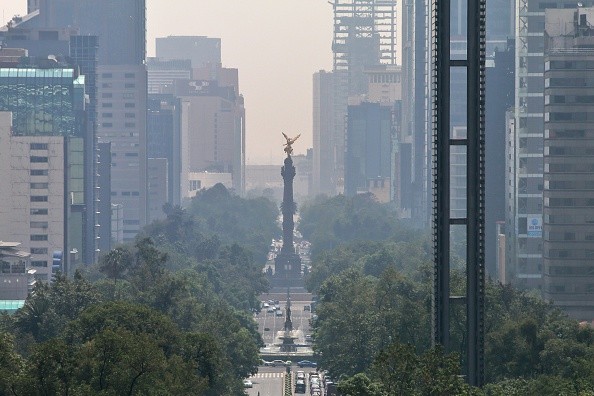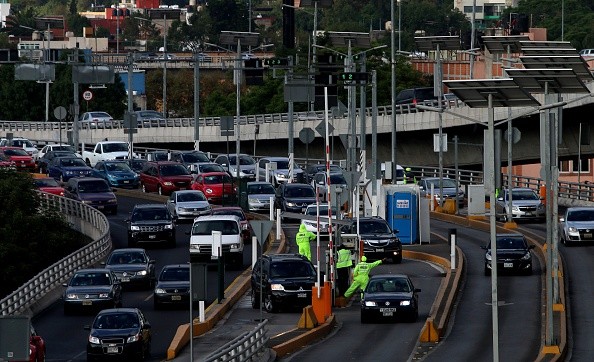
It is uncommon during rainy seasons that a pollution alert will be issued since rainfall generally would wash the atmosphere of pollutants. Mexico City's ozone levels arrived at the unacceptable level of not less than 150 percent, prompting the issuance of pollution alert on Thursday.
Miami Herald reported that the southern capital district's ozone index reached the highest point which is 158 incurring the worst pollution categorized as "very bad". During the evening downpour on the city's several areas, the quality of the air ameliorates to "regular" or "good" for almost the whole region.
The pollution alert stimulates a decline in the number of vehicles allowed to roam the streets as well as subjecting restraints on some industrial and commercial operations. High-pressure system, solar radiation, and weak superficial layer winds make it hard for the dispersal of air contaminants, according to the metropolitan Environmental Commission.
However, even with the government's effort, this year's pollution has been significantly unpleasant. It's been nearly 14 years since the government issued the last pollution alert. And in March, a new pollution alert was issued. After a month, ozone alert levels were decreased to 150 from a 190 index. This means that air quality becomes poor causing periodical alerts, as reported by Aljazeera.
Since Mexico City lies in a valley enveloped by mountains and the smog emitted by chemical and manufacturing plants are confined by the bordering mountains because no winds are powerful enough to blow it away.
Mexico's air pollution is mainly due to the soot that massive unregulated cars emit all over the city streets. The soot was formed from the deficient fuel diesel combustions. Due to Mexico City's high altitude, there is less oxygen that is why diesel fuel does not burn properly.

The Supreme Court reversed a rule last year ordering vehicles older than eight years should be off the streets not less than six days per month. It is a decision official have agreed upon putting an approximate 1.4 million cars back on the streets every day, the majority of them are older and models that cause more pollution.



